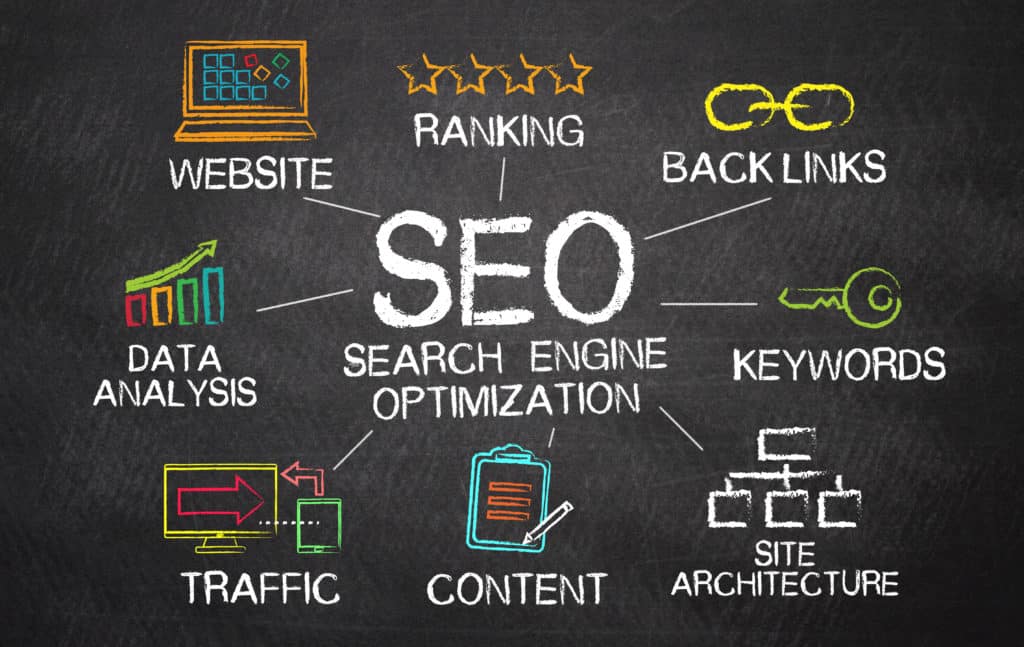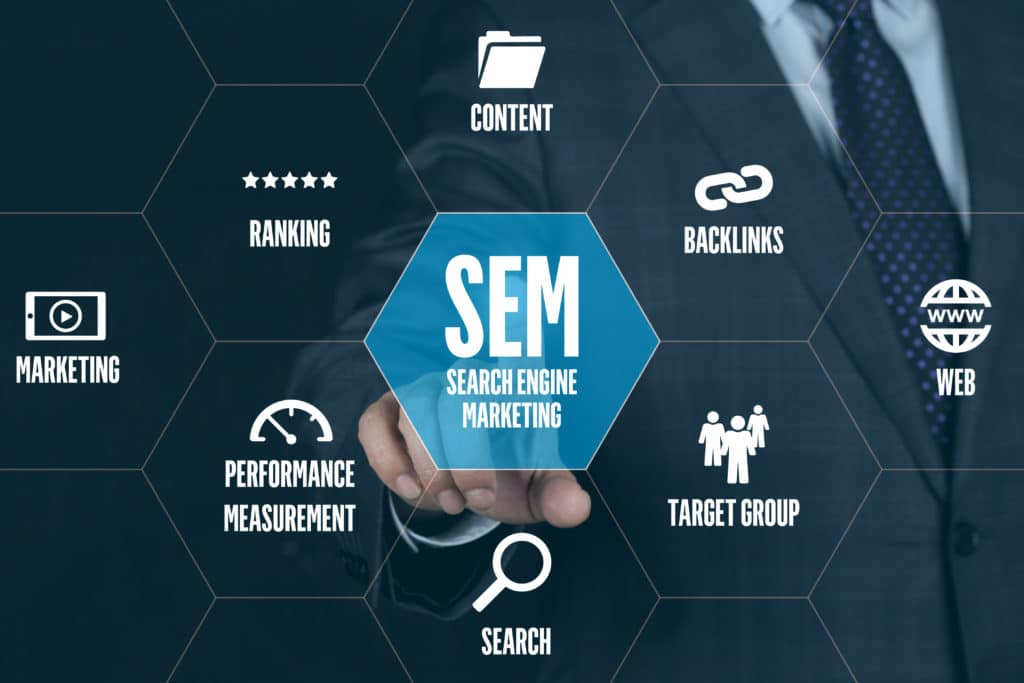Optimizing your website according to search engine specifications is crucial for the success of your digital marketing strategy. A site that does not appear in search engine results is not likely to get a lot of traffic or generate a decent amount of sales. In the long run, it will also negatively impact the company’s growth objectives.
In this article, we compare SEO vs. SEM, the two main search optimization tools, and identify which is better.
Search Engine Optimization (SEO)
Search engine optimization is optimizing your website according to search engine algorithms and improving your ranking on search engine results. Simply put, it ensures that your website will appear on the first page of the search engine results when a potential customer searches for your product or service or a particular keyword used in your content.
SEO is beneficial for companies hoping to generate organic traffic for their site. It is ideal for companies that are looking for long-term results. Once you get the hang of the technique, you can ensure the content on your website is in line with optimization techniques at all times, ensuring you get the maximum benefit from organic search results.
SEO practices involve: – Creating content that is based on the search intent of potential customers
- Providing in-depth insight into relevant topics
- Short and descriptive URLs
- Attractive tag lines
- Optimized meta details
- Optimal keyword integration
- Getting backlinks
- Including citations
- Getting referrals to your site and brand mentions

Search Engine Marketing (SEM)
Search Engine Marketing is another digital marketing practice that allows you to gain visibility and drive traffic to your website through paid marketing strategies. It involves advertisements and paying search engines to have them featured on websites that rank well on the Search Engine Results Page (SERP).
The Pay per Click advertising model falls under Search Engine Marketing and produces fruitful results. SEM works particularly well for those looking for faster results. It can get your website a substantial amount of traffic in a limited time.
SEM Practices Include:
- Keyword research
- Creating marketing campaigns around the keyword
- Publishing the campaign on SERP
- Monitoring and optimization to drive more traffic

SEO vs. SEM
The main difference between the two is that SEO is free, whereas SEM is paid. Many people prefer SEO over SEM simply because it doesn’t have a price tag. However, it is a lengthy, continuous, and very technical process that few master.
You may lose substantial potential clients and money if you cannot utilize SEO practices properly. An opportunity ill-utilized is also lost; more often than not, marketers cannot use SEO practices.
SEM, however, is more straightforward and not as lengthy. Here, you need to conduct keyword research and base your advertising and marketing campaign on the keyword research that you work on. Once the campaign is online, you will see almost instant results.
However, not all visitors are going to convert. While SEM can get you leads, they may not be quality leads. Or they may visit the site with the intent to purchase but turn away from your product because of the lack of site optimization.
A Combination of the Two
In most cases, the ideal solution is that marketers utilize a combination of the two to attract visitors and coerce them into staying and becoming long-term customers. Many marketers monitor consumer behavior to identify problem areas on the site and areas that generate engagement.
Through SEM, you can optimize your website to ensure long-term results, which is why combining the two is ideal. However, for those businesses that don’t have the budget for paid marketing, attention to detail when optimizing their website and their Google business listing can help generate a lot of organic traffic.
SEO vs. SEM is not a matter, as both have advantages and can help drive traffic to your site. It is more a matter of your budget, where your expertise lies, and your immediate goal.


